Home »
Misc »
How long is a basketball scrimmage
How long is a basketball scrimmage
What is a Basketball Scrimmage?
In the sport of basketball, a lot happens in practice. It depends on the level of competition, but coaches and staff may generally incorporate conditioning drills, individual workouts, running plays, defensive drills and coverages, and watching game films. That sounds like an awful lot, but how do coaches make sure that everything that they practice will come as second nature for the boys? There is only one answer: a basketball scrimmage. What is a basketball scrimmage? Let’s find out!
What is a Basketball Scrimmage?For any sport, when somebody says “scrimmage,” they often mean a simulated game environment. A basketball scrimmage is precisely that– it is a simulated 5-on-5 basketball match between players on the team to practice plays and perhaps evaluate skills in a real game setting.
Aside from running plays and evaluating players, a basketball scrimmage is also an excellent way to create chemistry, figure out which lineups work, and learn about the team’s weaknesses to mask it as much as possible.![]() However, while scrimmages are often done by players on the same team, it may also be done with other teams to further create a more competitive environment.
However, while scrimmages are often done by players on the same team, it may also be done with other teams to further create a more competitive environment.
In the NBA, preseason games are pretty much considered scrimmages against other teams. Coaches would often want to hold their cards close to their chests during preseason games, but it is also an excellent time to develop in-game strategies or give more playing time to bench players.
How Long is a Basketball Scrimmage?Since scrimmage is a part of team training and is not an official game, basketball scrimmages may not adopt the usual 10-minute or 12-minute quarters of organized basketball. There are many ways to go about a basketball scrimmage, and it will ultimately be up to the coaches for how long he allows as a scrimmage to go on.
For instance, some coaches like to incorporate four-minute mini-games. That means, after teams play four-minute games, scores will reset after the break. The goal of these mini-games is to instill in the players the need to focus on every possession and to maximize their effort within that time period.
From that example, you may realize that the length of a basketball scrimmage is not really the most important aspect. The critical part is using that time to impart good basketball habits and for coaches to get the players to learn and buy into his system.
What’s the Purpose of Basketball Scrimmage? Basketball scrimmages are done by all teams regardless of level, which is so because it serves significant purposes. Some of them were already touched in the previous paragraphs, such as establishing chemistry, imparting good basketball habits, and for coaches to establish his system.
Another reason for a basketball scrimmage, especially at the professional level, is to allow coaches and other team executives to decide on who makes the team and who gets cut. This type of setting provides players with non-guaranteed slots to prove themselves worthy of a roster spot by the form of a contract offer.
Having said that, the primary purpose of a basketball scrimmage is ultimately skill improvement. Many basketball scrimmage drills teach players the fundamentals and the ability to read game situations, make the right pass, correct defensive reads, move without the ball, and more. Needless to say, a basketball scrimmage is the game before the game. Teams who make good use of scrimmages often turn out to be better, or at the very least, markedly improved teams.
Many basketball scrimmage drills teach players the fundamentals and the ability to read game situations, make the right pass, correct defensive reads, move without the ball, and more. Needless to say, a basketball scrimmage is the game before the game. Teams who make good use of scrimmages often turn out to be better, or at the very least, markedly improved teams.
Important Things to Consider with Basketball Scrimmage- It has to be organized and carefully planned. Part of the planning that coaches should figure out is the goals of the basketball scrimmage. Player rotations and substitutions should already be in place, and in case some unexpected things happen, they should have a Plan B.
- Make sure to have individualized goals. Basketball is a sport that requires players to have well-defined roles. When you do scrimmage, don’t just go in there and think “team.” It is also just as necessary to provide individual players a goal. Some individual goals you can impose are how to do pass denials, a few box-out techniques, or navigating through screens.

- Officiate the scrimmages seriously. Scrimmages are not all fun and games; it’s crucial for a team’s success. With that being said, assistant coaches should call these games with a straight face. Not being serious about officiating on scrimmages only delivers a negative message to players.
- Mini-scrimmages instead of one drawn-out scrimmage. The beauty of a scrimmage is that you get to create your own rules. Use that to your advantage. To ramp up the intensity of the scrimmage, shorten the games to five baskets, emphasizing defense on every occasion.
- Know when to stop and not stop. Scrimmages are valuable teaching opportunities, but if you stop every scrimmage on every mistake, you risk losing the flow and interest of players. You may have to do that at particular times, but in most cases, wait for a break or substitute the player out to give him advice.
- During the evaluation, take into account not only the players’ skills but also their heart and determination.
 Many players are skilled but not have the same mindset and attitude. Take note of constant complaining of unfavorable calls or if they lower the intensity if matched up with less-skilled players. By any means, players doing these things on a scrimmage are an indication of a bad attitude and may need guidance to correct the habit.
Many players are skilled but not have the same mindset and attitude. Take note of constant complaining of unfavorable calls or if they lower the intensity if matched up with less-skilled players. By any means, players doing these things on a scrimmage are an indication of a bad attitude and may need guidance to correct the habit.
Helpful Basketball Scrimmage DrillsDoing drills can help bring structure and organization to the team’s scrimmage sessions. Here are some of the most common basketball scrimmage drills and should be a part of any controlled scrimmage:
1. The Score-Stop-Score
The goal for a team is to score, make a stop, and then score on consecutive possessions. If they fail to do so, they restart the drill and continue until the objective has been reached. You can also do it the other way around, stop-score-stop, using the same concept.
2. Game situation drills
You can include game situations in your drills such as crucial out-of-bounds, down 1 with three seconds left, and similar scenarios.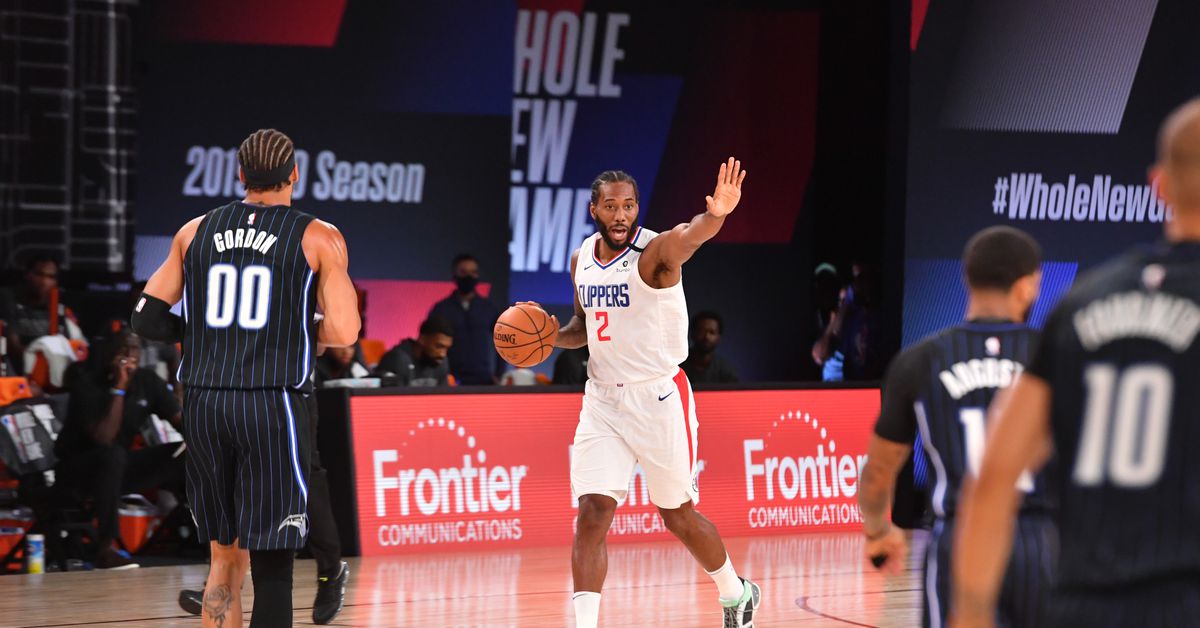
3. Start play from a free throw.
The drill’s purpose is to perfect the particular time to execute full-court presses, half-court traps, and other trapping defenses. It would also allow the team to master how to turn on their defense after a missed free throw and not just made ones.
4. The 15-man scrimmage
Basketball teams could have as much as 15 guys on the roster, so how do you include all of them in one drill? The 15-man scrimmage is the answer.
To do this, divide the roster into three teams. Have two of the teams play on one side of the court and make the third do different types of drills on the other. After a possession change on the part of the two teams (off a turnover, missed shot, or made basket), the other team pushes the ball up the floor to play the third and so on. This will teach transition offense and defense, defensive communication, and how to get the most of secondary breaks.
Additionally, you can sweeten the pot by setting an 8-minute clock with the two lowest-scoring teams doing running laps afterward.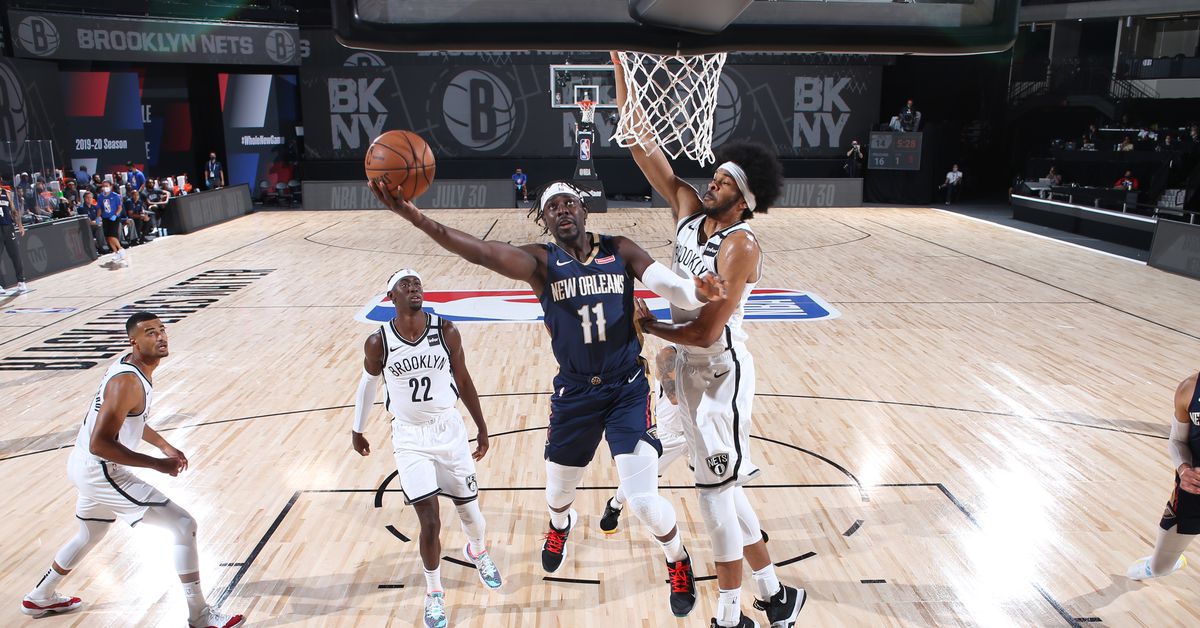
5. No dribbles allowed
This scrimmage drill teaches moving without the ball and precision passing, among others. After a while, allow the players only one dribble to score. This would teach them how to use the one allowed dribble strategically and move to the open area for the score. For the defense, this drill would also sharpen their anticipation, defensive-reading skills, and quickness.
Wrapping Things Up: Basketball Scrimmage Many of the most fascinating stories told by professional basketball players happened in practice. That’s one way of telling you that practice is such a crucial component for a basketball team. In turn, basketball practices often incorporate scrimmages and this where the fun begins.
Then, what is a basketball scrimmage? In short, basketball scrimmage is a simulated basketball game, mostly played 5-on-5, but can also be done 3-on-3 or 4-on 4. One of the purposes of doing basketball scrimmages is to impart or develop the fundamentals, or good basketball habits.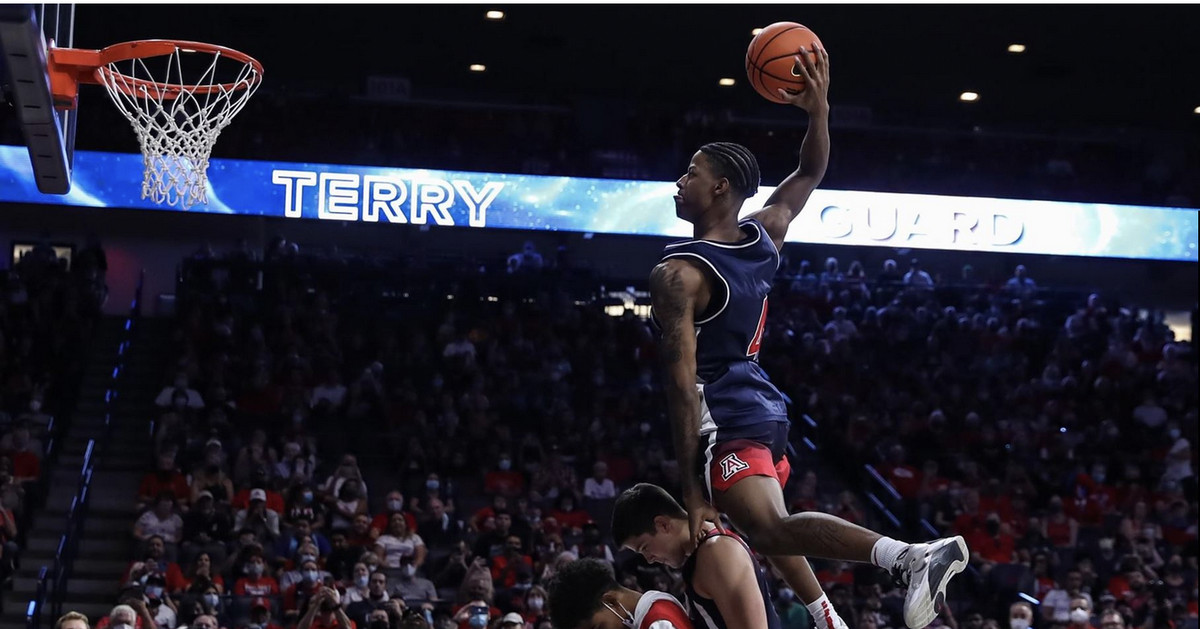 Another is for player evaluation and skills development. Whatever the case, a basketball scrimmage is often a coach’s dream since competition and intensity ramps up.
Another is for player evaluation and skills development. Whatever the case, a basketball scrimmage is often a coach’s dream since competition and intensity ramps up.
Generally, it will be up to the coaches how long a basketball scrimmage is going to take. Some of the drills like the score-stop-score do not need to be time-restrained; others such as the 15-man scrimmage, more often than not, require a timekeeper. Regardless, if you are a basketball coach, no matter what level, we encourage you to incorporate basketball scrimmages into your practices. This will dramatically improve team chemistry, skills, and just overall basketball IQ of the time.
It is imperative, though, to be very organized when you are implementing a scrimmage. Assistant coaches should be on top of the situation all of the time by strictly implementing rules. The coaching staff should always come up with ideas and goals to make sure that the individual skills of the players improve.
Most importantly, scrimmages are the best times to determine the mentality of your players. Who’s complaining a lot? Who’s missing defensive assignments? Who’s letting their guard down because he’s up against third-stringers? That should help you determine who you can rely upon in situations where you need a hundred percent effort. A basketball player’s true character will only come to light amidst the difficulties of doing basketball scrimmage drills.
Who’s complaining a lot? Who’s missing defensive assignments? Who’s letting their guard down because he’s up against third-stringers? That should help you determine who you can rely upon in situations where you need a hundred percent effort. A basketball player’s true character will only come to light amidst the difficulties of doing basketball scrimmage drills.
Did you find this helpful? Then also check out other basketball FAQ articles here.
> How Many Players are on a Basketball Team?
> How Long is a Basketball Game?
> What are the 5 Basic Skills of Basketball?
What is Basketball Scrimmage? - Dunk or Three
Do you have issues knowing the ideal time to let your players practice? Or you’re not always sure of the best time to stop and dish them some relevant nuggets?
As a result, you spend specified days for practicing, and some days you talk more and dish out instructions?
It’s understandable to get trapped in the mix,—a lot of coaches, especially high school coaches, are in the same trap. You don’t have to get frustrated; after all, it’s a hard balance to strike.
You don’t have to get frustrated; after all, it’s a hard balance to strike.
But, here’s the good news.
You can have training sessions that incorporate your drills and instructions at once—with the aid of basketball scrimmage.
In this article, we’ll be talking expansively about basketball scrimmage and listing out six ways to apply it in your basketball team.
Contents
- What Exactly Is Basketball Scrimmage?
- 7 Fantastic Ways to Maximize the Basketball Scrimmage in Your Team
- 1. Playing 4-Minute Games
- 2. Score! Stop!! Score!!!
- 3. Situational Drills
- 4. SLOB and BLOB Sets
- 5. Play the Game with Special Rules
- 6. Play from a Free Throw
- 7. Record Statistics for Practice Scrimmages
- Final Words
What Exactly Is Basketball Scrimmage?
Straight to the point;
It’s a five against five basketball game that a coach uses to create a strong bond between new teammates, evaluate new skills or practice plays in a game setting. It usually happens when teammates engage in pickup games or against a different team.
It usually happens when teammates engage in pickup games or against a different team.
It’s fun for players and crucial for coaches to engage in scrimmages. Plus, it enables players to play an actual basketball game without fans—during training.
But there’s more.
Team coaches use the scrimmage period to take notes, discover the talents of new players as well as the weaknesses and strengths of their old players—allowing them to put their team tactics into a real game.
7 Fantastic Ways to Maximize the Basketball Scrimmage in Your Team
The following concepts can bring structure to your five on five divisions in practice.
Moreover, it will enable your players to get used to the game like transition and still allow you to instruct and teach as a coach.
1. Playing 4-Minute Games
If you want to improve some aspects of your team as a coach, then you should consider having 4-minute mini-games for your players.
Why?
The mini-games would help your players to make the best use of their effort between time-outs. If you reset the scoreline after every session, you’ll be doing a lot of good to your players. That will train them to win every 4-minute session they play. As a result, players will focus more on possession.
If you reset the scoreline after every session, you’ll be doing a lot of good to your players. That will train them to win every 4-minute session they play. As a result, players will focus more on possession.
2. Score! Stop!! Score!!!
Divide your players into various sessions and call them to execute defending and scoring for three successive possessions. If a team doesn’t complete one of the three possessions effectively, then the drills will blow dead.
As a coach, you should take time to score the ability of the team that executed all three phases. If a team can complete more than five of these drills in every game, they win.
It’s like leading with 20 points against the opposition in a real game when you get your players to get five or more 4-0 runs.
3. Situational Drills
This drill enables your players to train at a specific time and score situations. That way, you’ll be increasing the awareness and intelligence level of your players during game situations.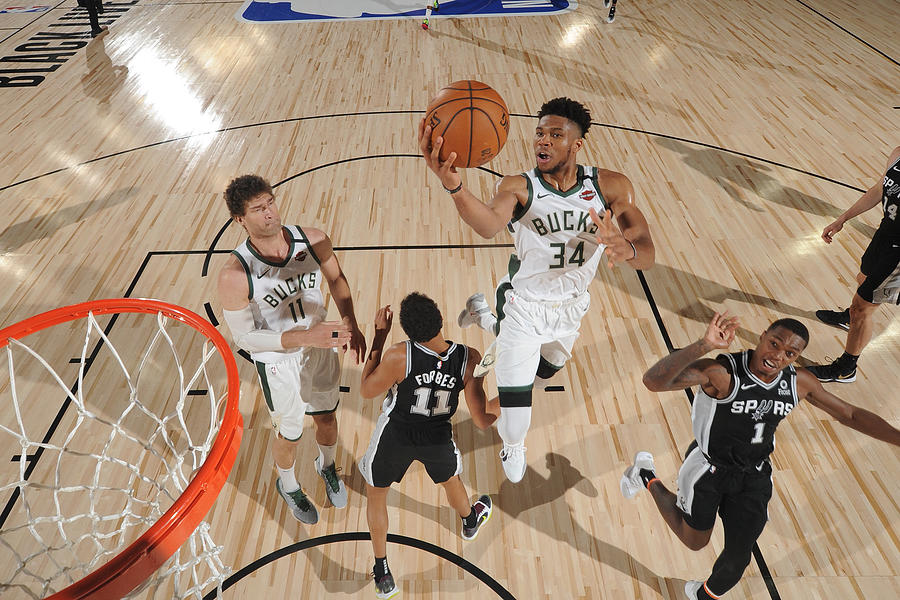
Also, you’ll be able to determine how each player handles different situations.
4. SLOB and BLOB Sets
You can have your players engage in SLOB and BLOB sets during your scrimmages.
How does that work?
Once again, you split your players into different teams. Then give each team the task to execute inbounds set versus a live defense—it’s an excellent simulation to games.
The teams can keep the drill rolling until any of the teams don’t have a shot off of the initial action. Before blowing the drill dead, allow the defense to convert to offense and get a chance to score if the defense team gets a stop.
5. Play the Game with Special Rules
Having a lot of special rules can reduce your scrimmage. Nonetheless, using one or two special rules can help your players emphasize specific areas they are lacking.
For instance, you see a lot of improvement; if you award a team an additional point for every dribble penetration or intercepted pass, they carry out in the paint.
There’s more.
Give the offense an additional point every time the defense fails to challenge a shooter, and you’ll see more contested shots.
And…
You can choose an area you want your players to pay attention to and build a scoring system that rewards the players when they implement it in a scrimmage.
6. Play from a Free Throw
For your team to set up full-court press offenses and defenses, it’s advisable to utilize your free throw situations.
Also, for the team to set up half-court trap action or full-court defense, your player should come to the line and convert the FTs. Plus, the offenses must respond simultaneously to the defensive pressure.
How do you handle this?
You can play one possession on an offensive score but allow the defense to convert their stop before cutting the drill dead. Most teams find it hard to switch a defense off a missed free throw except they get enough practice.
7. Record Statistics for Practice Scrimmages
It’s crucial to take records of your scrimmage drills as it can help you monitor your team’s progress. You can get an assistant coach chart to record missed block-outs, callouts, amongst others. Do the same for the offensive end.
You can get an assistant coach chart to record missed block-outs, callouts, amongst others. Do the same for the offensive end.
Record and call out—when your players fail to go for their offensive rebounding spots. The trick is to pick an area where your team needs to pay more attention to and become their best.
Final Words
You can enhance the quality of your team by applying the scrimmage techniques listed in this article. Moreover, you’ll be able to detect your team’s weaknesses and build on them.
We’d love to hear from you. Which of the Scrimmage techniques are you willing to start with your team? Do you have other fantastic scrimmage techniques you’ll like to share with us? Let us know your comments and suggestions!
NBAForm.ru » How many minutes does a basketball game last?
The popularity of basketball on television, and in general, is easily explained, because it is one of the most spectacular games in the history of mankind. For the National Basketball Association (NBA), this observation is doubly true, since in the States basketball has been brought to a qualitatively different level. Here, even the game system is built and adjusted in such a way as to give the viewer the opportunity to enjoy the maximum amount of emotions, experiences and sharp moments.
Here, even the game system is built and adjusted in such a way as to give the viewer the opportunity to enjoy the maximum amount of emotions, experiences and sharp moments.
How long does the basketball game last ?
In the NBA, what is called "net" game time is 4 quarters of 12 minutes, that is, 48 minutes. At first glance, this is not enough, because the game in other popular sports takes longer: a football match lasts 90 minutes - 2 halves of 45 minutes, hockey - 3 periods of 20 minutes, etc.
But there is a certain trick here - the actual, "dirty" time of the game, includes a huge number of pauses that fill the time between the game segments. Plus, do not forget about the breaks between quarters, they also last from 2 minutes between the first and second, and third or fourth quarters, up to a 15-minute "big" break in the middle of the match.
According to NBA statistics, an average basketball game lasts about 135-140 minutes. This is true for the regular season, in the playoffs, as a rule, matches are longer.
This is true for the regular season, in the playoffs, as a rule, matches are longer.
In European basketball, the duration of the match is shorter - four quarters of 10 minutes, that is, 40 minutes of regular time.
Also, not every game ends in the allotted time: according to the rules, if the teams play a draw in regular time, a 5-minute overtime is assigned, when the teams must necessarily determine the winner. If it is not possible to do this in the first, another one is appointed, then, if necessary, another and another, until one of the squads wins. According to the rules of basketball, the winner must be determined.
The longest game in NBA history took place on January 6, 1951. The Indianapolis Olympians played the Rochester Royals in regular time and then six more overtimes. By modern basketball standards, the score for 78 minutes of playing time is simply ridiculous - 75:73. The explanation for this is that at that time there was no time limit for the attack (now it has 24 seconds, and the ring must be touched, or the ball is passed to the opponent), and the opponents simply did not want to attack so as not to risk it.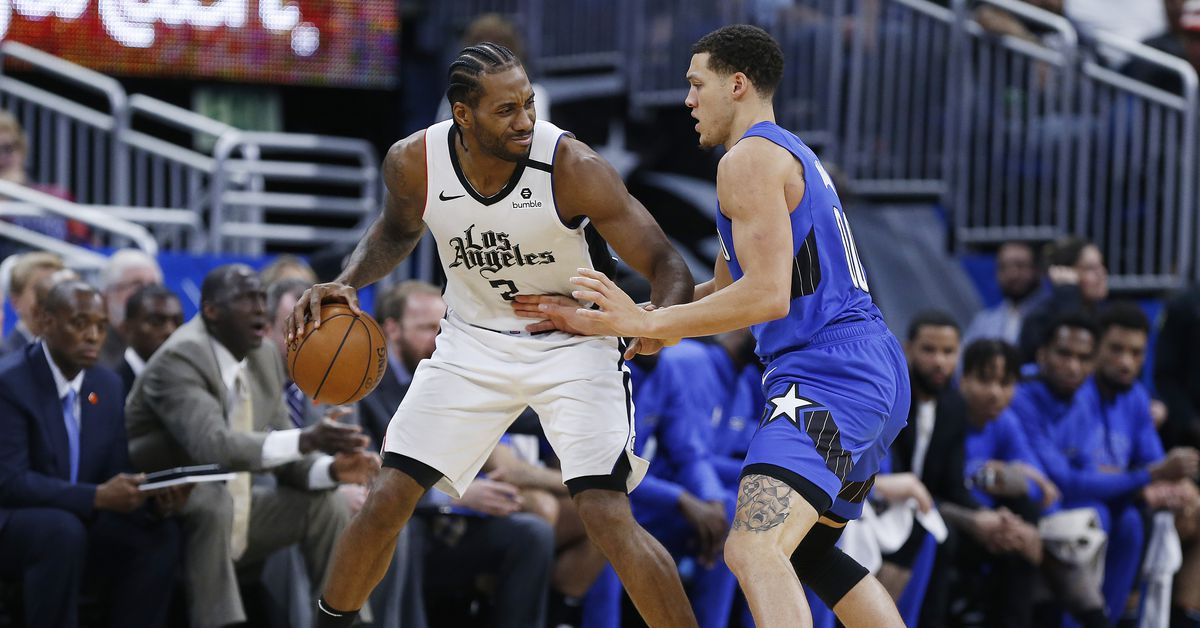
In fact, for a fan who attends a match live at the stadium, it can last from 2.5 to 5-6 hours. Therefore, for a full-fledged trip to basketball, it is worth allocating a whole day.
Basketball is full of attacks, on average they last from 5 to 24 seconds, and almost every one ends with some kind of active effective action - a throw, a foul, an interception. This is very popular with the audience, and keeps them in suspense. Tall players throw spectacular shots from above, snipers attack the basket from afar, or in beautiful passes - the variability of attack in basketball is very high.
That's why TV companies love basketball so much, it's great in terms of advertising in the breaks. He has great ratings, often no worse than American football or baseball, the undisputed leaders of the US sports media market.
#mikegoldenstate #goldenstatewarriors #gsw #gsw #lakers #lakers #houstonrockets #rockets #OKC #clippers
types, scoring rules, the best snipers in the NBA
The goal of any sports game is to win, and each has some kind of system for determining success. In basketball, points determine which team wins. They are the unit of account and show how much one team has surpassed the other in the current match. Understanding how points are awarded is necessary not only for players, but also for fans, otherwise they will not be able to objectively evaluate the actions of their favorite and his opponent. In this article, you will find answers to a number of important questions: what points are awarded for in basketball, whether a match can be tied, and how long it usually lasts.
In basketball, points determine which team wins. They are the unit of account and show how much one team has surpassed the other in the current match. Understanding how points are awarded is necessary not only for players, but also for fans, otherwise they will not be able to objectively evaluate the actions of their favorite and his opponent. In this article, you will find answers to a number of important questions: what points are awarded for in basketball, whether a match can be tied, and how long it usually lasts.
Points determine not only the success of the team's performance in the current meeting. This is an indicator of the personal success of each basketball player. To understand the principle of scoring, you need to familiarize yourself with the rules of the game.
Basketball Rules
The rules of this game are quite easy and there are not many of them. A full team consists of ten people, but only five are on the field at a time, the rest are substitutes.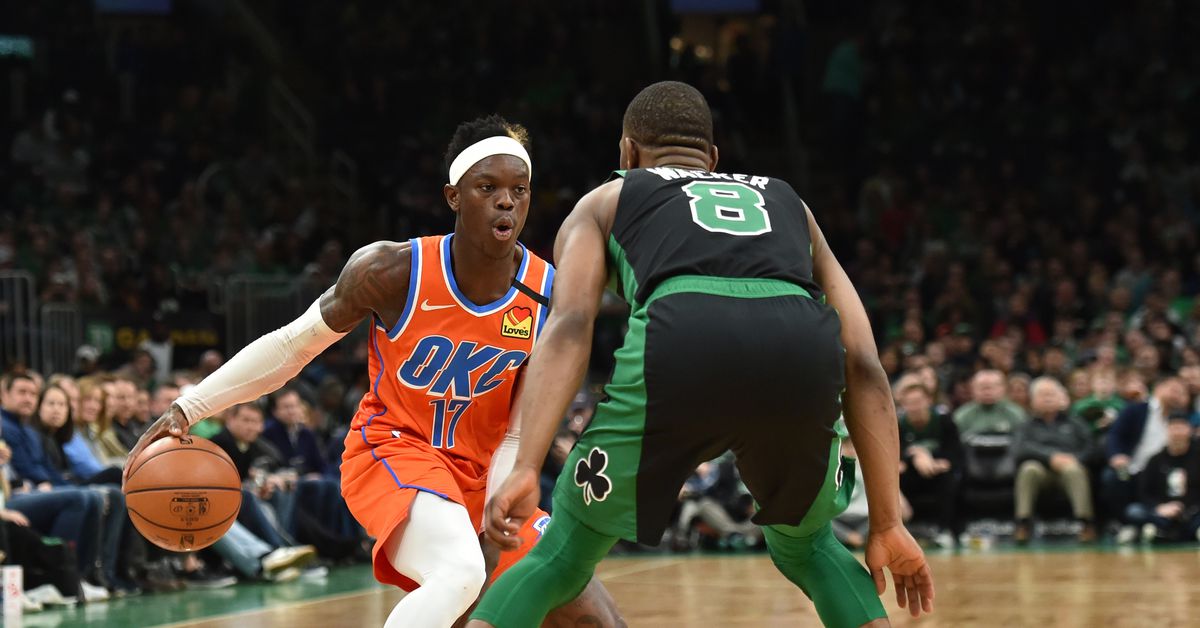 The goals and objectives are simple - to hit the ball into the opponents' basket, but at the same time make sure that they do not hit yours. To do this, you can only hit the ball with your hands, but you cannot hold it in your hands. Therefore, when basketball players run with the ball, they hit it on the floor. If you specifically hit the ball with your feet, this is considered a violation, as well as with your fists. But if you accidentally touch it with your foot, then there will be no violation. The team with the most points at the end of the match wins.
The goals and objectives are simple - to hit the ball into the opponents' basket, but at the same time make sure that they do not hit yours. To do this, you can only hit the ball with your hands, but you cannot hold it in your hands. Therefore, when basketball players run with the ball, they hit it on the floor. If you specifically hit the ball with your feet, this is considered a violation, as well as with your fists. But if you accidentally touch it with your foot, then there will be no violation. The team with the most points at the end of the match wins.
We're moving on to the fun part, how points are counted in basketball. One hit in the ring can bring a different result:
- one point - if they hit from the free throw line;
- two - from a medium or close distance;
- three - from a distance of 6.75 meters.
It happens that at the end of a quarter or half of a match, teams score an equal number of points. In such a case, the last period is extended by five minutes. This may repeat itself if extra time does not help determine the leader. The added period is called overtime, before each of them the athletes are supposed to rest for two minutes.
This may repeat itself if extra time does not help determine the leader. The added period is called overtime, before each of them the athletes are supposed to rest for two minutes.
What score is the game up to?
In some sports game disciplines, the fight continues until a certain score is reached. Then it ends automatically, even if it happened very quickly. In basketball, things are different. Here they start not from the count, but from the time.
A match may consist of two periods of 20 minutes or four periods of 12 minutes. In total, the maximum time should be 48 minutes, but usually the game is extended, as there are breaks, fouls and timeouts. If the interval after the first and before the last quarter can be two minutes, then the pause in the middle of the process is delayed by a quarter of an hour.
However, it can be shorter, it is determined by the organizers of a particular tournament.
In 2006, the world record for the longest basketball game was set.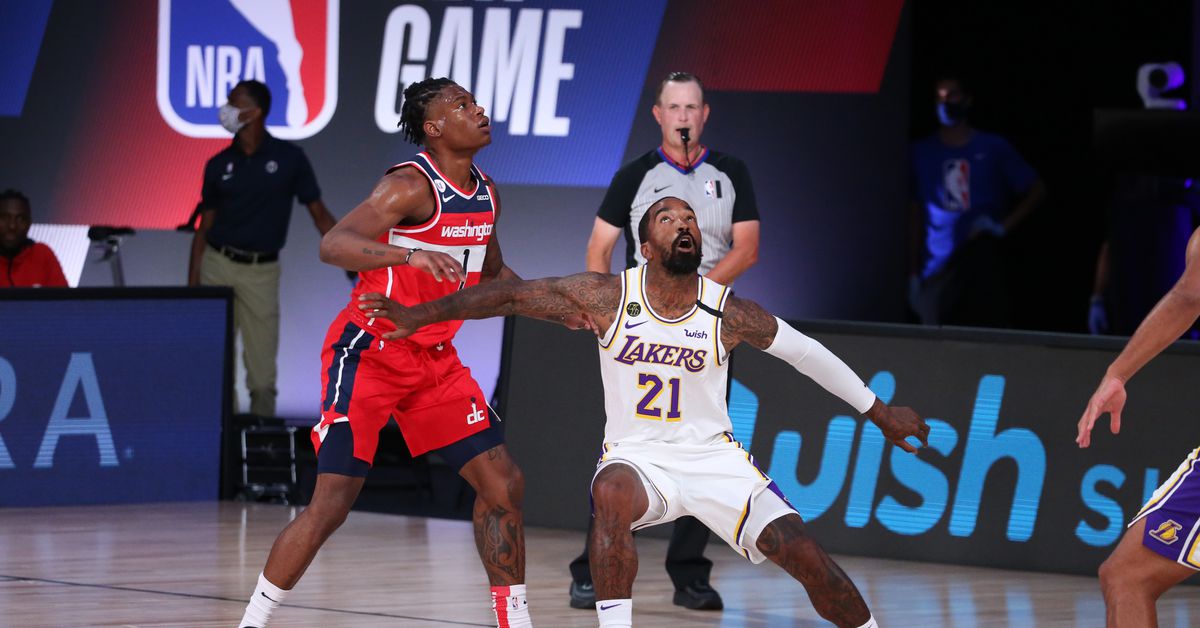 It lasted as much as 58 hours, began on Saturday evening and did not end until Monday morning. However, it should be noted that the purpose of this match was to set a record and raise funds for charity. Ordinary games can't last that long.
It lasted as much as 58 hours, began on Saturday evening and did not end until Monday morning. However, it should be noted that the purpose of this match was to set a record and raise funds for charity. Ordinary games can't last that long.
Record scores
Such records are more significant for a basketball player, they determine how effective and useful he is for the team. The best players receive not only world recognition, but also contracts for large sums. As we remember, points in basketball are awarded for hitting the basket. These champions excelled in the number of accurate hits:
- Wilt Chamberlain. He was the first in the history of sports to score over 30,000 points. At the end of his career, the score was 31.419. There was one match in his career that brought as many as 100 points, which is why he is considered a basketball legend of all time. Unfortunately, that legendary match 1962 years has come down to us only in the audio recording of the radio broadcast, the video has not been preserved;
- Kareem Abdul-Jabbar was able to break Wilt Chamberlain's record.
